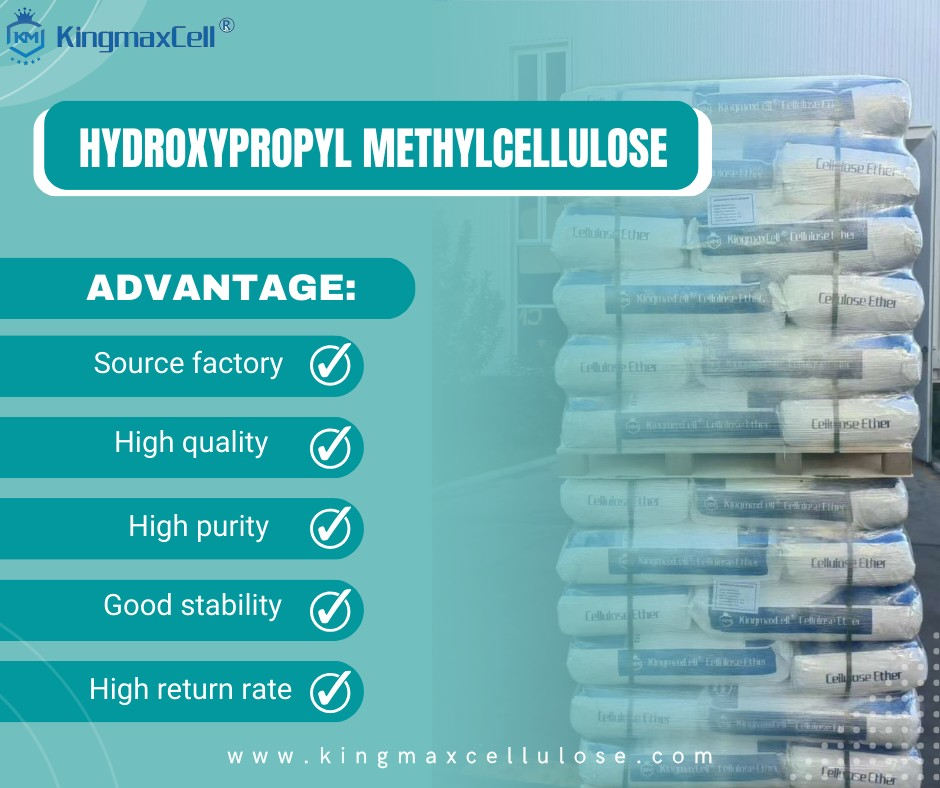Hydroxypropyl Methylcellulose (HPMC) is widely used in the pharmaceutical industry as a rate-controlling polymer in the formulation of controlled or sustained-release medications. Its ability to prolong drug release is based on its unique physicochemical properties. Here’s a breakdown of how HPMC helps extend drug release:
1. Gel Formation
- HPMC is hydrophilic, meaning it readily absorbs water. When a tablet or capsule containing HPMC comes into contact with gastrointestinal fluids, the HPMC on the surface absorbs water and forms a gel layer.
- This gel layer acts as a barrier, slowing down the penetration of water and the diffusion of the drug from the tablet core.
2. Controlled Erosion
- The outer gel layer gradually erodes over time, controlling the release of the active pharmaceutical ingredient (API). As the gel layer slowly dissolves, fresh HPMC from the core hydrates and continues the gel-forming process.
- This sequential gel formation and erosion lead to prolonged and sustained release of the drug.
3. Diffusion of the Drug
- The gel matrix formed by HPMC regulates the rate of drug diffusion through the hydrated polymer. Smaller drug molecules or those with higher solubility diffuse more easily through the gel, while larger or less soluble molecules are retained longer within the matrix.
- The viscosity of the HPMC solution further controls the rate at which the drug is released, with higher viscosity grades of HPMC resulting in slower drug release.
4. Swelling Mechanism
- As HPMC absorbs water, it swells. The swelling creates a thicker barrier, further slowing down drug release. This mechanism allows for the extended release of medication over time, ensuring a steady therapeutic effect rather than a sharp peak of drug concentration in the bloodstream.
- The degree of swelling is influenced by factors such as the viscosity grade of HPMC, the pH of the surrounding environment, and the concentration of HPMC in the tablet.
5. Viscosity and Polymer Concentration
- The viscosity grade of HPMC plays a significant role in controlling drug release. Higher viscosity HPMC grades form thicker gel layers and slow down both drug diffusion and matrix erosion, leading to a more extended release profile.
- Polymer concentration within the formulation is also critical. Higher concentrations of HPMC in the drug formulation provide a more robust gel matrix, further delaying drug release.
6. Compatibility with Various Drug Types
- HPMC can control the release of both hydrophilic and hydrophobic drugs. For hydrophilic drugs, HPMC controls the release through diffusion. For hydrophobic drugs, it regulates release by eroding the gel matrix, allowing the drug to escape slowly into the body.
7. pH Independence
- One of the most beneficial properties of HPMC is its pH-independent swelling and gel-forming behavior. It performs consistently across different pH environments, including the stomach and intestines, ensuring a reliable, steady release profile.
8. Extended Release and Therapeutic Effect
- By prolonging drug release, HPMC helps maintain therapeutic drug levels in the body for extended periods, reducing the frequency of dosing. This is especially valuable for medications that require consistent blood concentration levels over time, improving patient compliance and treatment outcomes.
Applications in Pharmaceutical Formulations:


